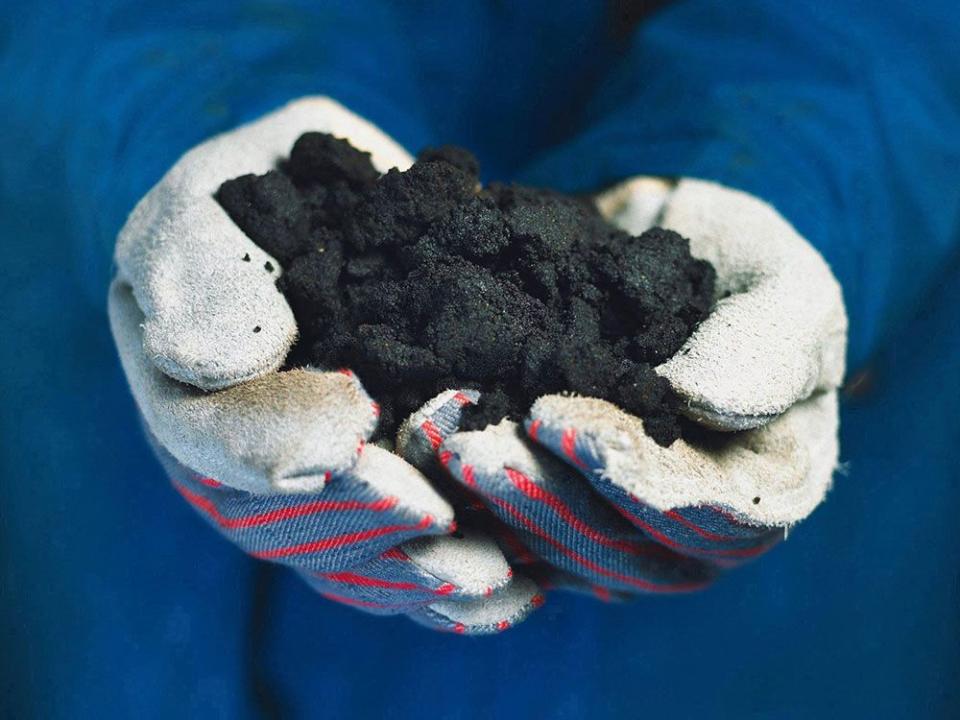Upstream growth takes a backseat as oilsands majors plow billions into buybacks and dividends

Canada’s oilsands majors are plowing outsized second-quarter profits into buying back their own shares, hiking dividend payments and knocking down debt rather than investing in upstream growth — a trend that could continue over the next decade as companies contend with a number of headwinds to increasing production, according to analysts who follow the sector.
High commodity prices and refining margins have driven record-breaking profits for energy companies in the second quarter of 2022 and, midway through earnings season, Canadian firms have so far elected to return billions in excess cash to investors.
“We leaned into the share buybacks quite heavily in Q2,” said Cenovus Energy CEO Alex Pourbaix on a conference call with investors last week. “I suspect going forward, we will be very much focused on shareholder value and we will go after one of the two of those — (buybacks or dividends) — depending on where we think we’re driving the most advantage for our shareholders.”
Canadian oilsands companies appear in lockstep with global energy firms that are boosting dividends and buying back shares as energy prices have risen amid tight supply and Russia’s invasion of Ukraine.
CNRL announced Thursday that it had generated approximately $3.3 billion in free cash flow during the second quarter and would be paying a special cash dividend to shareholders of $1.50 per common share on Aug. 31.
Imperial Oil Limited reported a sixfold increase in second-quarter profit Friday and said it had returned some $2.7 billion to shareholders between buybacks and a quarterly dividend — putting the company on track for a second consecutive record-setting year for cash returns.
MEG Energy launched an escalating share buyback program in the second quarter as the company reached a net debt level target of US$1.7 billion, triggering an allocation of 25 per cent of free cash flow to share buybacks. The Calgary-based company has repurchased some 7.24 million common shares for cancellation so far this year and has pledged to return 100 per cent of free cash flow to shareholders once a net debt floor of US$600 million is reached.
Cenovus returned an estimated $1 billion to shareholders through buybacks and dividends during the second quarter as the company posted net earnings of $2.4 billion. The oil producer also tripled its base dividend during Q2 and has teased the possibility of a variable special dividend.
While the buyback bonanza is popular with the current crop of energy investors, some critics say it enriches shareholders and executives at the expense of long-term growth in production that creates jobs and economic opportunity.
Companies have also come under fire from consumers over prices at the pumps and from a public tired of delays on efforts to decarbonize the sector.
Industry watchers say the current trend of little to no investment in upstream growth is understandable following nearly a decade of depressed prices and volatility that hampered or delayed investments in production — and one that may continue for the remainder of the decade.
“We’ve seen a shift in the mentality of investors behind these companies in terms of almost demanding a focus on prioritization of value over volume,” S&P Global analyst Kevin Birn said in an interview. “And so we see headwinds to being able to sanction incremental investments in upstream and because of that, it results in … less investment than we otherwise would have expected in the price environment we’re seeing.”
A recent report from S&P Global Commodity Insights suggested oilsands production could rise over the next decade by about half a million barrels a day — a substantial increase — but still below previous forecasts. More than four-fifths of the forecasted growth is expected to come from the ramp-up, optimization and completion of projects where some capital has already been invested, the report said.
'Time is incredibly tight': New report adds clarity to challenge of cutting oilsands' emissions
'Almost unrealistic': Imperial Oil, MEG, Cenovus ramp up opposition to Trudeau's carbon plan
Contributing to the drag on investment is concern about the likelihood of softening demand for fossil fuels over the long term. Federal policies, including the Trudeau government’s proposed cap on oil and gas emissions, could further cloud the likelihood of investment in the sector, said Birn, who co-authored the report.
“As we look forward we see increasingly ambitious climate policy that translates to higher prices which contributes to uncertainty about the ability of this sector to continue to grow within Canada,” Birn said.
“If you think that the world may be on a course where demand could soften in the near future, or even in the more distant future, you tend to discount the potential for growth from projects that take longer to be brought online then those that are more immediate.”
mpotkins@postmedia.com Twitter: @mpotkins

 Yahoo Finance
Yahoo Finance 